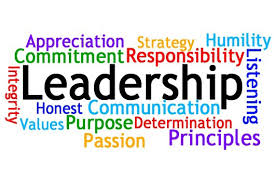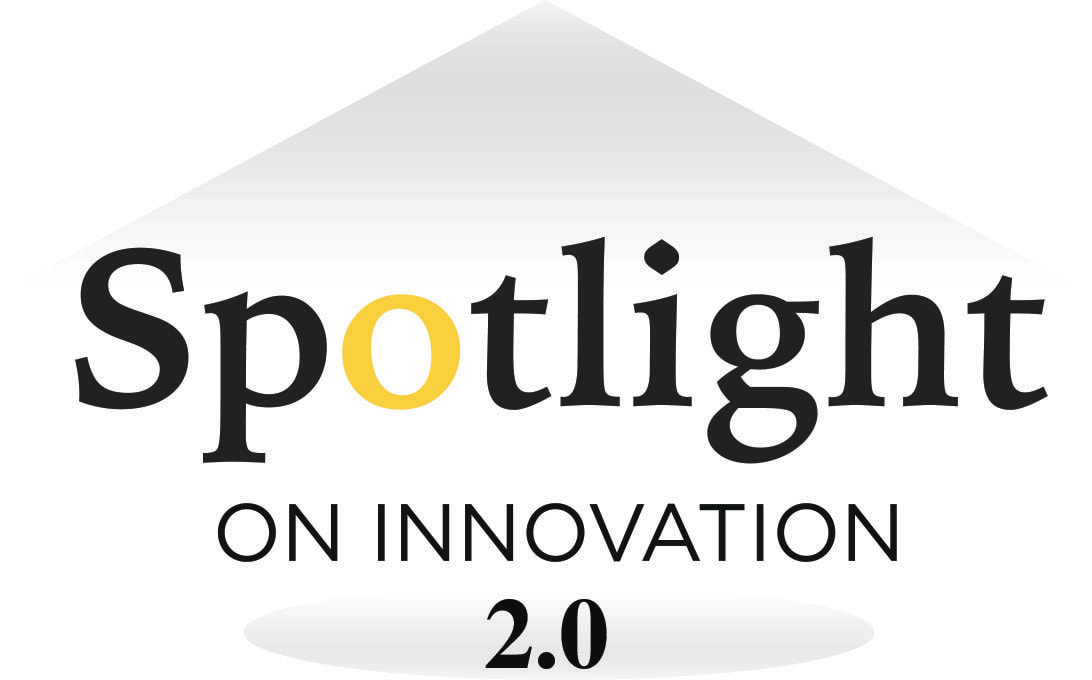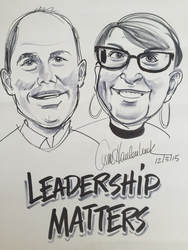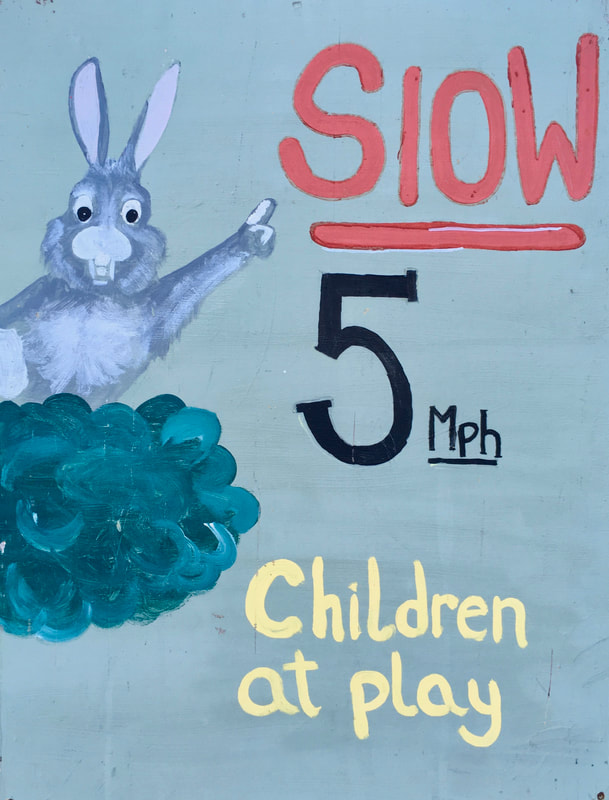Whenever I observe in a school or read something in a book that gives me the “I want to go back and be a principal!” feeling, then I know I might have hit on something that practicing principals could benefit from or use. It happened the other day when I was reading Jennifer Abrams follow-up book to Having Hard Conversations titled Hard Conversations Unpacked.
The second chapter is devoted completely to clarity. How do we as school leaders develop clarity around the expectations we have for the way we as school family members treat the children, each other, act professionally, and manage professional responsibilities? Often, principals make assumptions that adults know the expectations, norms, values, and clearly defined behaviors expected of the adults in the school. The answer of course is that they don’t These need to be clearly defined and shared with all staff beforehand.
Clarity is about providing clear expectations beforehand so that all adults in the building are clear on how to behave in a professional manner. For some, these are public agreements that spell out how as an organization we can act with integrity. We clearly define procedures for how to walk in the hallway, go to the bathroom, eat in the lunchroom, play on the playground yard, for our students, right? They are clearly defined, taught, and practiced to ensure our focus on discipline is about relearning the procedures not on punishment. So have we clearly defined procedures for the adults in the building as well?
These can be a list of expectations or assumptions that we clearly define for adults that speak to our expectation of having adults at the door to greet students, communication expectations with parents, positive discipline procedures, professional dress, etc. These agreements communicate clearly what we expect and assume and will promise to deliver ourselves. Debbie and I call these your You Can Count on Me . . . and I Will Count On You . . . statements! Here is an example of Values and Beliefs, Assumptions and Expectations I worked on developing at my former elementary school.
Having these clearly defined, made it easier for me when I had to give someone feedback when they didn’t uphold the values, beliefs, promises and expectations. It removed the issue from being focused on them as a person, but on the expectations agreed upon, delivered, lived out and honed each day.
So, you were thinking, where was that aha moment he got after reading Abrams book? Well, we clearly define behaviors expected, we build a culture of high expectations, encourage the heart, and ensure clarity, so what else might we do?
Abrams has the answer! She reminds us that one of the most important things we need to focus on is relational trust. So that if we are setting forth expectations for adult staff, then we need to make sure we are setting clear expectations for ourselves! Honesty and integrity! Walking the walk and talking the talk! She also provides an incredible relational trust self-assessment for faculty. “Do I gossip? Do I look like I enjoy teaching? Enjoy our school? My colleagues? Do I hold myself to a high standard for what I do and produce?” This relational trust self-assessment lists out behaviors that we often have to provide constructive feedback for or become the basis of a difficult or hard conversation.
The list is extensive, but it could be shortened to include those areas that fit the expectations or public agreements provided to faculty and staff. It provides thoughtful reflection for each teacher to hold themselves accountable for behaviors valued by school persons. Abrams says, “Trust is built by living out the (expected) behaviors and, without your best adult selves, trust doesn’t grow.”
It reminds me of what Elmore tells us, “You can’t hold people accountable for skills they haven’t learned.” Abrams reminds us as well, that we can’t hold people accountable for their behaviors, if we haven’t provided clarity beforehand!










 RSS Feed
RSS Feed